
Host of the podcast\radio show Canadian History Ehx. Author of "Canada's Main Street: The Epic Story of The Trans-Canada Highway" Sharing Canada's history daily
4 subscribers
How to get URL link on X (Twitter) App


 The story of milk bags in Canada begins in the 1960s. At the time, milk came in glass bottles primarily. Some producers sold milk in cardboard or plastic jugs.
The story of milk bags in Canada begins in the 1960s. At the time, milk came in glass bottles primarily. Some producers sold milk in cardboard or plastic jugs.

 When the British North America Act of 1867 was passed, it used the word "persons" to refer to more than one person, and "he" to refer to one person.
When the British North America Act of 1867 was passed, it used the word "persons" to refer to more than one person, and "he" to refer to one person.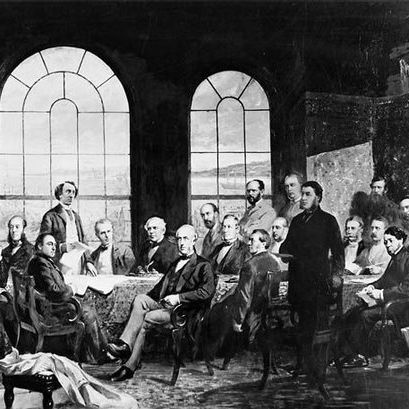

 In the 1950s, with the dawn of the nuclear era, there was a concern that the Soviet Union would attack North America with bombers over the Canadian Arctic.
In the 1950s, with the dawn of the nuclear era, there was a concern that the Soviet Union would attack North America with bombers over the Canadian Arctic. 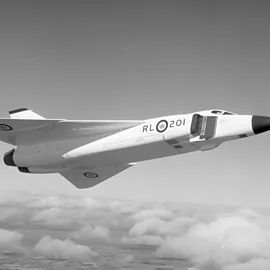

 On Feb. 28, 1885, George Longley, a conductor with the Grand Trunk Railway, arrived in Montreal feeling sick. After visiting a doctor, he was diagnosed with smallpox. While he survived, the disease quickly began to spread throughout the city, infecting thousands.
On Feb. 28, 1885, George Longley, a conductor with the Grand Trunk Railway, arrived in Montreal feeling sick. After visiting a doctor, he was diagnosed with smallpox. While he survived, the disease quickly began to spread throughout the city, infecting thousands.

 The Children's Friend Society was founded in London in 1830 to suppress "juvenile vagrancy" through "reformation and emigration". In 1833, 230 children were sent to Toronto and New Brunswick.
The Children's Friend Society was founded in London in 1830 to suppress "juvenile vagrancy" through "reformation and emigration". In 1833, 230 children were sent to Toronto and New Brunswick. 

 The idea for Due South came from one of the biggest movies of the 1980s. In 1986, Crocodile Dundee debuted and was a massive hit. Robert Lantos, chair of Alliance Communications, saw that success and spoke with CBS President Jeff Sagansky about creating a similar show.
The idea for Due South came from one of the biggest movies of the 1980s. In 1986, Crocodile Dundee debuted and was a massive hit. Robert Lantos, chair of Alliance Communications, saw that success and spoke with CBS President Jeff Sagansky about creating a similar show.

 The story begins with Riff Markowitz, who was working for CHCH-TV in Hamilton in the late-1960s. He wanted to produce new shows for the station.
The story begins with Riff Markowitz, who was working for CHCH-TV in Hamilton in the late-1960s. He wanted to produce new shows for the station.

 Lorne Greene was born Lyon Himan Green to Jewish immigrants from the Russian Empire. His mother called him Chaim. It is unknown when he added the 'e' to his last name.
Lorne Greene was born Lyon Himan Green to Jewish immigrants from the Russian Empire. His mother called him Chaim. It is unknown when he added the 'e' to his last name.

 Barbara Frum was born in Niagara Falls on Sept. 8, 1937. In high school, she served on student council. She then went on to study history at the University of Toronto.
Barbara Frum was born in Niagara Falls on Sept. 8, 1937. In high school, she served on student council. She then went on to study history at the University of Toronto. 

 Jean-Luc Picard and Canada:
Jean-Luc Picard and Canada:


 In 1907, the Quebec Bridge collapsed while under construction, killing 75 people. It collapsed again in 1916, killing another 13.
In 1907, the Quebec Bridge collapsed while under construction, killing 75 people. It collapsed again in 1916, killing another 13.

 After the Hudson's Bay Company began to build forts along Hudson Bay following 1670, the French wanted to claim the territory and end the disruption of their fur trade business.
After the Hudson's Bay Company began to build forts along Hudson Bay following 1670, the French wanted to claim the territory and end the disruption of their fur trade business.

 The idea for a canoe race across the country to mark the Canadian Centennial came from Gene Rheaume, a Member of Parliament for the Northwest Territories. Rheume told Norm Tyson who organized the Gold Rush Canoe Derby in Flin Flon to help get the idea off the ground.
The idea for a canoe race across the country to mark the Canadian Centennial came from Gene Rheaume, a Member of Parliament for the Northwest Territories. Rheume told Norm Tyson who organized the Gold Rush Canoe Derby in Flin Flon to help get the idea off the ground.
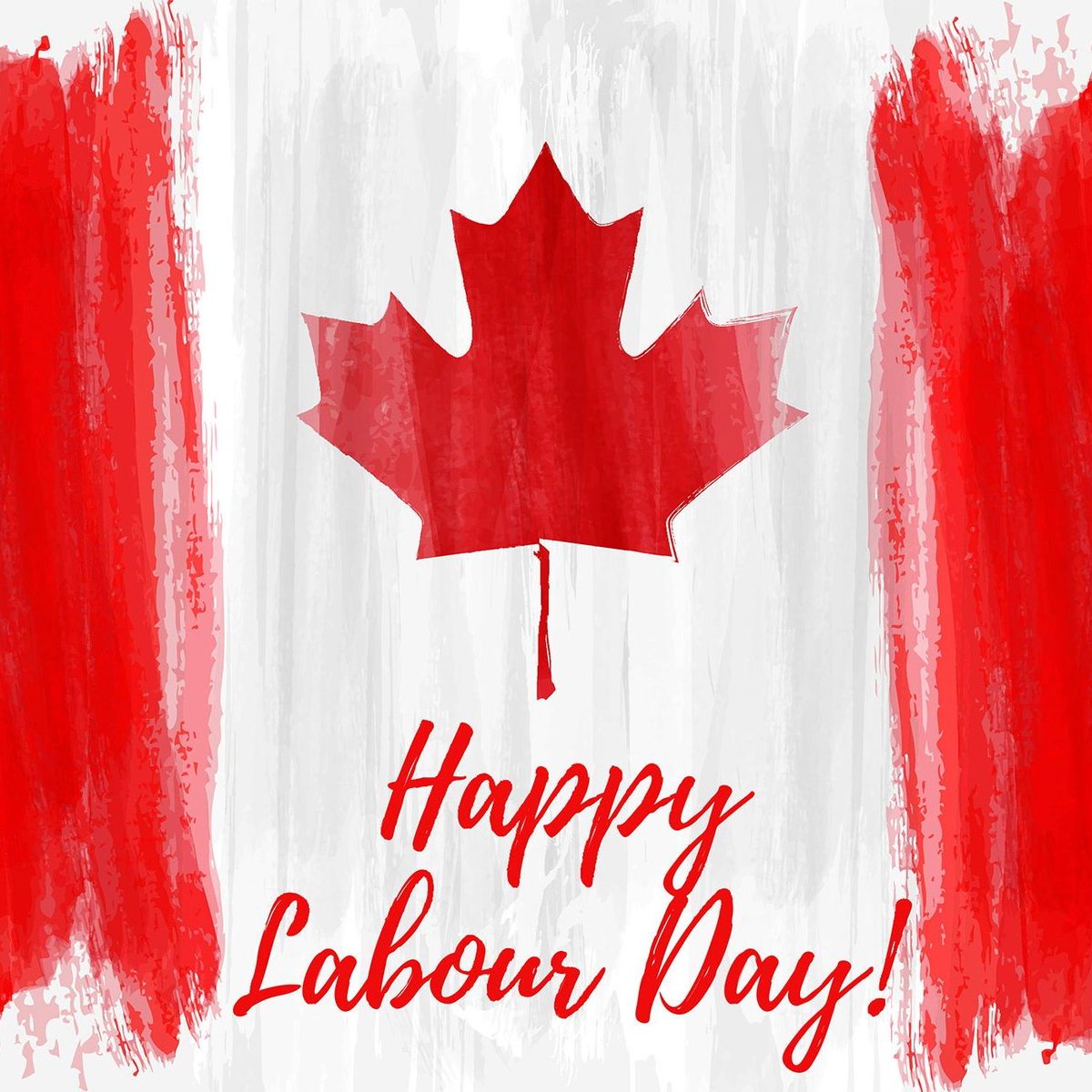
 The story of Labour Day in Canada begins on April 15, 1872 with the Toronto Printers Strike.
The story of Labour Day in Canada begins on April 15, 1872 with the Toronto Printers Strike. 

 Helen Battle was born in London, Ontario on Aug. 31, 1903.
Helen Battle was born in London, Ontario on Aug. 31, 1903. 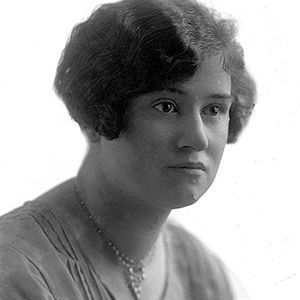

 After releasing their iconic album 2112, and then the double live album All the World's a Stage, Rush played their first shows in Europe. Wanting to build off their success, the band chose to produce a follow-up album rather than take a post-tour break.
After releasing their iconic album 2112, and then the double live album All the World's a Stage, Rush played their first shows in Europe. Wanting to build off their success, the band chose to produce a follow-up album rather than take a post-tour break.

 Unlike other bits of nostalgic school supplies history, this one does not originate in Canada.
Unlike other bits of nostalgic school supplies history, this one does not originate in Canada.

 The history of LePage begins with William Nelson LePage. Born in Charlottetown, Prince Edward Island in 1849, he became a chemist who specialized in adhesives.
The history of LePage begins with William Nelson LePage. Born in Charlottetown, Prince Edward Island in 1849, he became a chemist who specialized in adhesives.

 Neilson's Dairy was founded in 1893 by William Neilson in Toronto. The company began as a milk retailer and quickly grew in size. Before long, it was providing ice cream as a product, but later expanded into other treats as Canada's population grew.
Neilson's Dairy was founded in 1893 by William Neilson in Toronto. The company began as a milk retailer and quickly grew in size. Before long, it was providing ice cream as a product, but later expanded into other treats as Canada's population grew.

 The idea for the trail came about in 1992 as part of Canada's 125th anniversary celebrations.
The idea for the trail came about in 1992 as part of Canada's 125th anniversary celebrations.
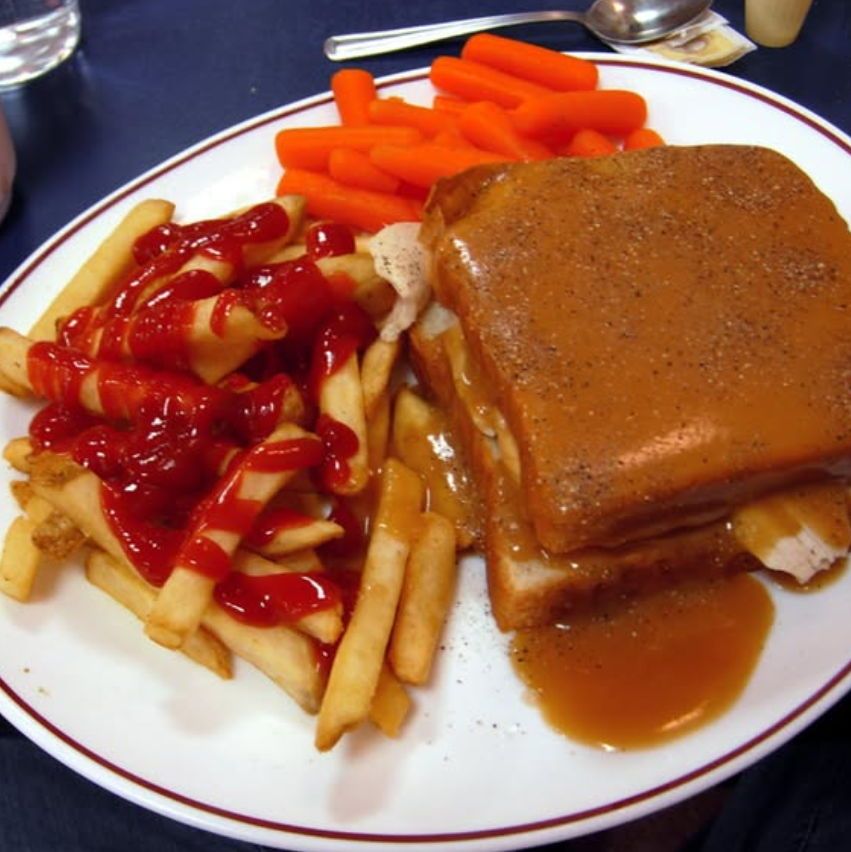
 Zellers was established on Aug. 4, 1928 (some sources say 1931) in London, Ontario when Walter P. Zeller founded the first store. This first store was 7,000 square-feet and 60 women were hired on the opening day to work in 21 departments.
Zellers was established on Aug. 4, 1928 (some sources say 1931) in London, Ontario when Walter P. Zeller founded the first store. This first store was 7,000 square-feet and 60 women were hired on the opening day to work in 21 departments. 